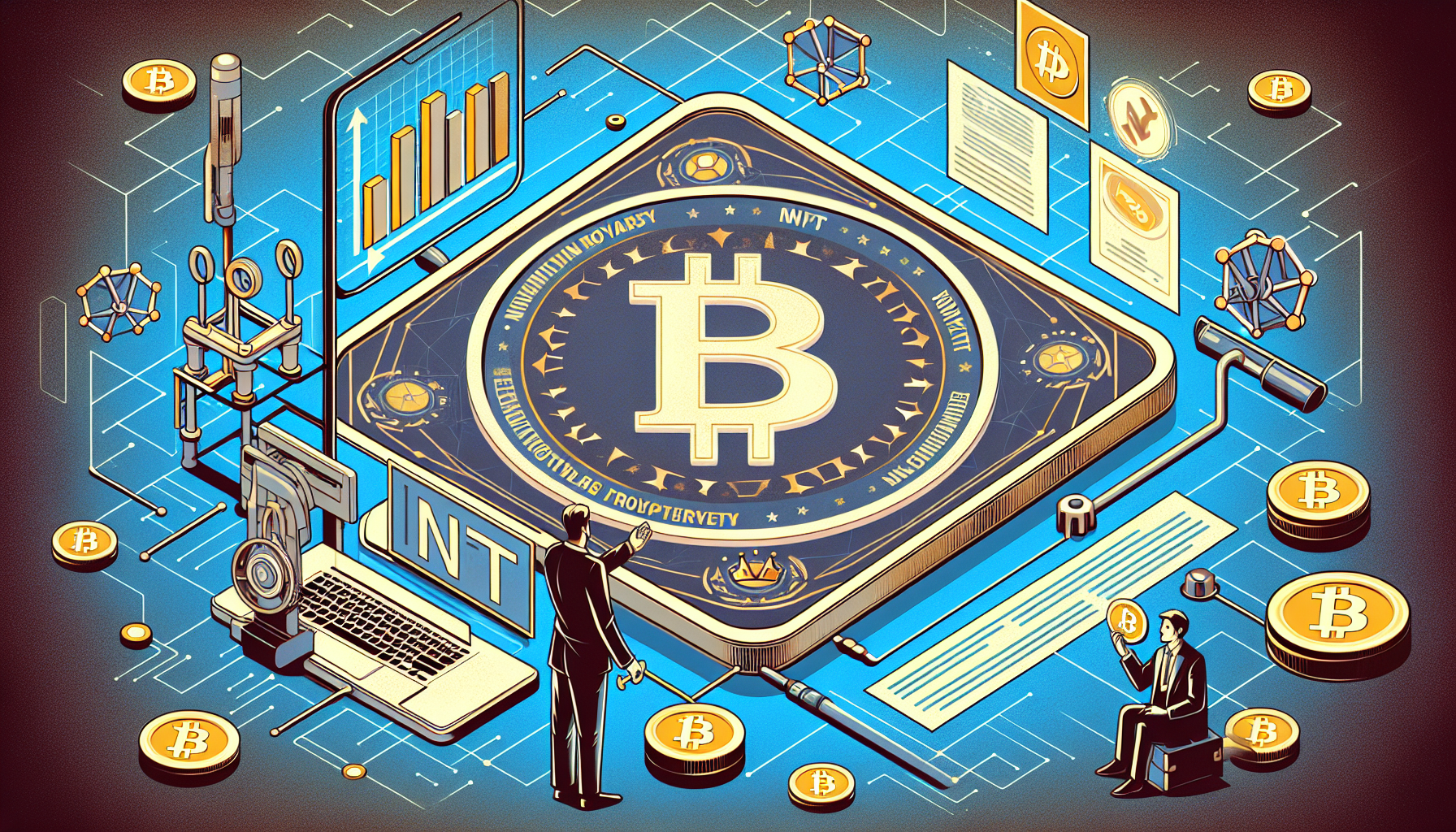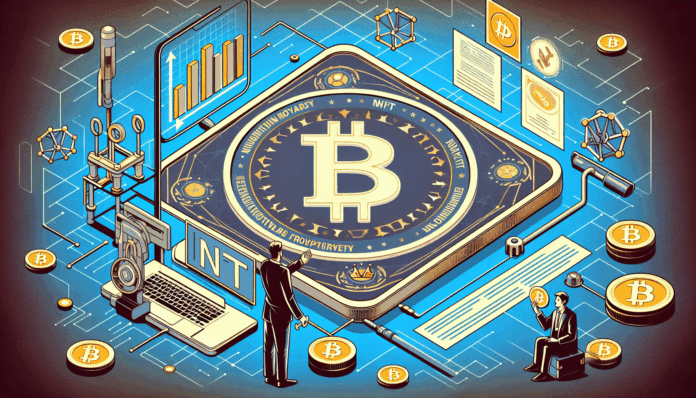What Are NFT Royalties?
NFT royalties refer to the ongoing remuneration that creators receive whenever their digital assets are sold or resold. This mechanism allows artists and creators to earn a percentage of each transaction, providing them with a sustainable income stream in the evolving world of blockchain technology. With the rise of digital art, understanding NFT royalties is crucial for anyone involved in the digital asset ecosystem.
Why Are NFT Royalties Important for Creators?
Imagine you’re an artist who creates a digital painting. When you sell this artwork as an NFT, you typically receive a one-time payment. However, without royalties, subsequent sales of your artwork would earn nothing more for you, regardless of its rising value. NFT royalties change this by ensuring that artists continue to benefit from their work. For example, if an artist sets a royalty of 10%, they earn 10% of every subsequent sale, potentially increasing their lifetime earnings significantly.
How Do NFT Royalties Work?
MostNFT royalty systems are built directly into the smart contract of the NFT on the blockchain. Let’s break it down:

- Smart Contracts: These are self-executing contracts with the terms written into code. They enable automatic payments to creators during each sale.
- Royalty Percentage: Creators specify a percentage (typically between 5%-15%) that they wish to receive from future sales.
- Automated Transactions: Whenever the NFT is sold, the smart contract automatically executes the royalty payment to the original creator.
This system aligns the interests of both creators and collectors, encouraging healthy market dynamics.
Challenges and Considerations
While NFT royalties offer substantial benefits, there are also challenges that can affect their effectiveness:
- Platform Variability: Not all NFT marketplaces enforce royalty payments, which can result in fragmented systems. Platforms like OpenSea and Rarible have implemented varying measures for royalties.
- Enforcement Issues: As some platforms do not recognize royalties, artists may find it difficult to track and collect their due payments.
- Legal Implications: The evolving nature of intellectual property laws in the digital realm means creators should stay informed about their rights regarding NFT royalties.
Creators must remain proactive in protecting their intellectual property and understanding the legal landscape surrounding NFT royalties.
Future of NFT Royalties
As the digital art and NFT spaces continue to mature, the model for NFT royalties is expected to evolve. Increased adoption of blockchain technology could lead to better standards and practices for royalty payments. Data from Chainalysis indicates a growing trend in NFT engagement, highlighting the increasing significance of these royalties for future creators.
In conclusion, NFT royalties not only provide a new revenue stream for artists but also signify a shift towards a more sustainable and equitable payment model in the digital world. For creators and collectors alike, understanding how these royalties work will enhance their experience in the NFT space.
For more insights related to the world of digital currencies, such as how to store cryptocurrency safely and the most promising altcoins for 2025, make sure to explore our related articles.
Disclaimer: This article does not constitute investment advice. Always consult with local regulatory authorities before making financial decisions.
To dive deeper into the world of NFT royalties, download our comprehensive guide on earning through digital collectibles!





